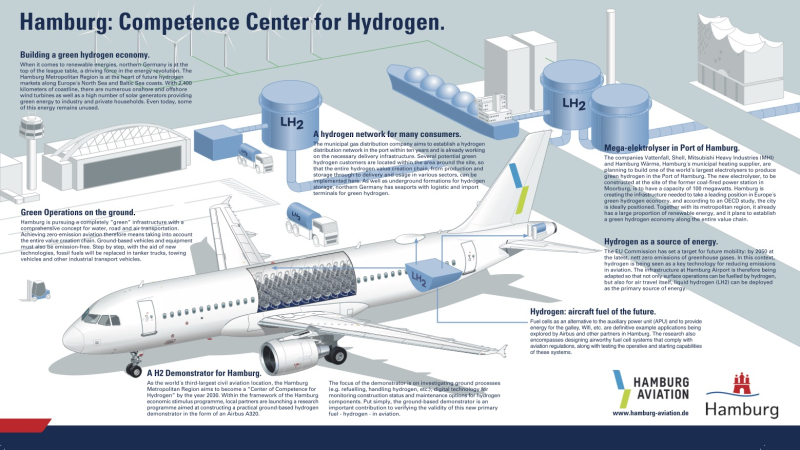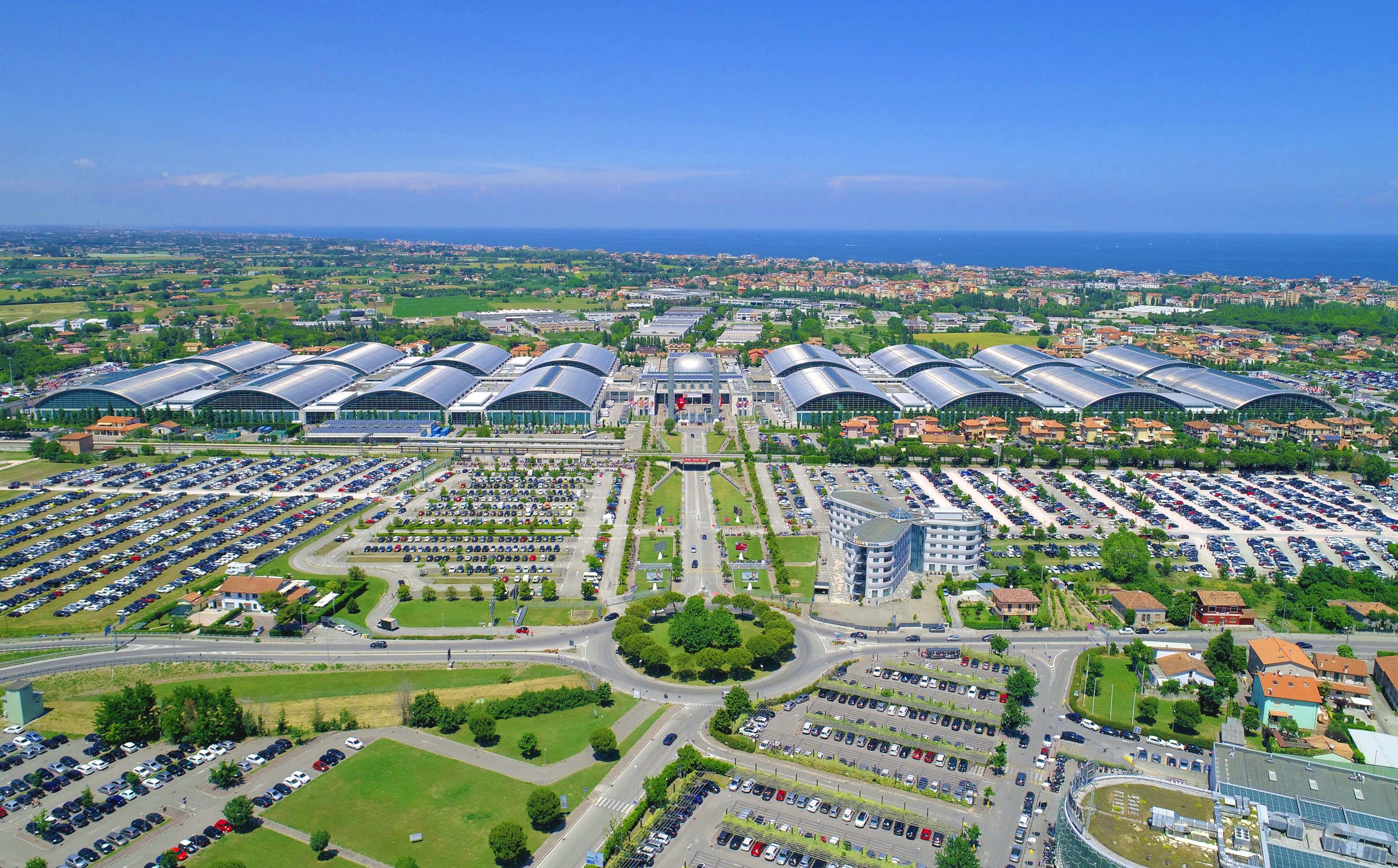
Waste management and construction firm M.Eylon Aviv Nechasim Ltd, based in Netanya, Israel, announced it has invested in a new recycling plant from CDE, representing the wet processing equipment manufacturer’s second installation in Israel and its first M2500 unit commissioned in the market.
Recently commissioned, the 70 tonnes per hour (tph) M2500 modular wash plant integrating feeding, screening, sand washing, and stockpiling on a single compact chassis is processing contaminated soils containing heavy metals and other contaminants from a historic landfill site set in a prime location along the Netanya coastline. The 260-acre site, which holds 400,000 metric tonnes to be processed and washed, is set to be restored to create space for new residential developments, as per the statement.
The simplest approach would be to redistribute the material to other landfill sites but that a long-lasting solution yields both commercial and environmental advantages, said Orin Binyamin, Company Engineer at M.eylon Aviv Nechasim Ltd. “When we secured the contract to excavate the site for the land to be reinstated for development, we were keen to identify a long-term solution as opposed to a temporary fix.
“It would be counterproductive to reinstate this site by trucking vast quantities of contaminated soil and other waste material from one landfill to another – a process which produces a double disadvantage due to significant operational costs and resulting carbon emissions,” Binyamin said, adding that they also saw an opportunity. “We could take up a leading role in this space, driving positive change and demonstrating, in partnership with CDE, the potential and value to be unlocked from contaminated soil.”
Binyamin said their decision to partner with CDE was a result of its technical expertise and proven technologies. “Ours is only the second CDE install in Israel and the first from its M-series range. Despite a smaller presence in the local market, we were familiar with CDE’s credentials in the recycling space. After engaging its team, we were confident we had selected the right partner. We shared a vision for the site, and both recognised the potential for it to further the circular economy in the local market.”
“We have many reference sites around the world that are diverting massive tonnages from landfill. It’s CDE technology enabling the change and recovering premium, in-spec sand and aggregates that are comparable to that of virgin quarried materials from contaminated soil and CD&E waste streams,” said CDE Business Development Director Matt Bunting.
The difference with this project is the stage at which CDE’s pioneering recycling technology is being utilised, he noted. “It’s a unique project in that the material to be processed is not destined for landfill, but rather has already been landfilled. We engineer solutions designed to divert material from landfill and that is a major focus of ours but an equally important next step – one that we’re taking with the customer – is deploying our technology to existing landfill sites to minimise the material already disposed of to recover construction products that have huge commercial value and can be returned to good use in the sector.”
Travel restrictions prevented them from travelling to the plant, said Jordan McCooe, Project Manager at CDE. “Working remotely, we implemented a series of steps to ensure the customer’s plant was installed and commissioned on time including the development of a comprehensive mechanical installation guide for every plant item.” Virtual modelling was central to delivering the project remotely. They built the plant “virtually from the ground upwards using a 3D model and guided the customer through it, which the mechanical install team was able to follow along with whilst working through the guide,” he added.
Uncontaminated material recovered is being used to restore the land. “These materials will never leave the site,” Binyamin explained. “By extracting high quality sand, aggregates, and a filter cake product from the contaminated soil on site we can make the land productive again while simultaneously minimising requirements for shipping in natural materials.” To date, over 50,000 tonnes of sand and aggregates have been recovered from the landfill site, as per the statement.

.jpg)
.png)



 Search
Search

